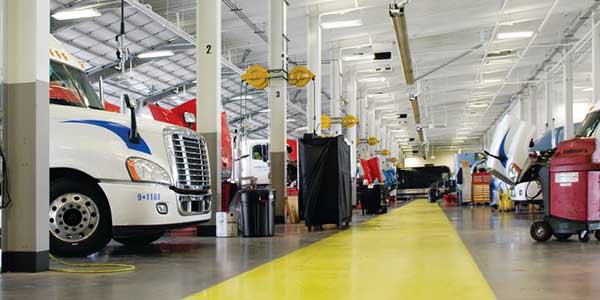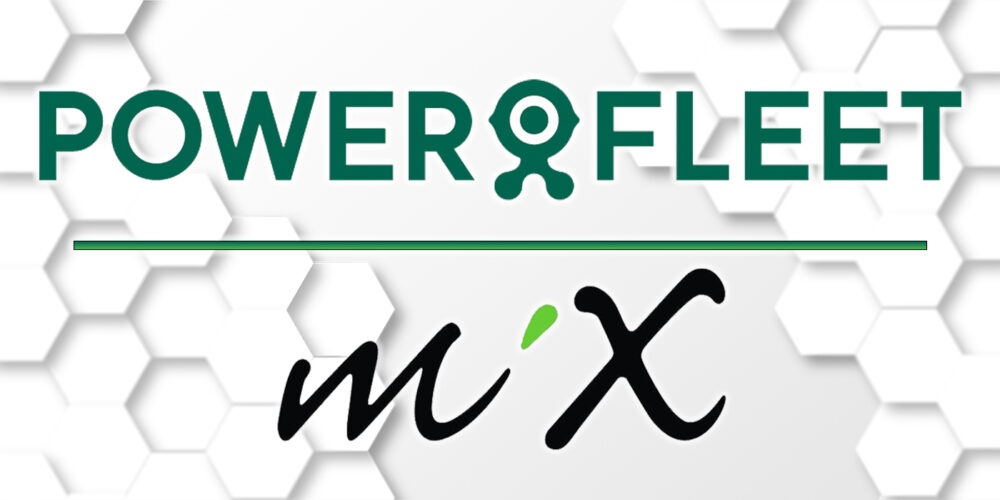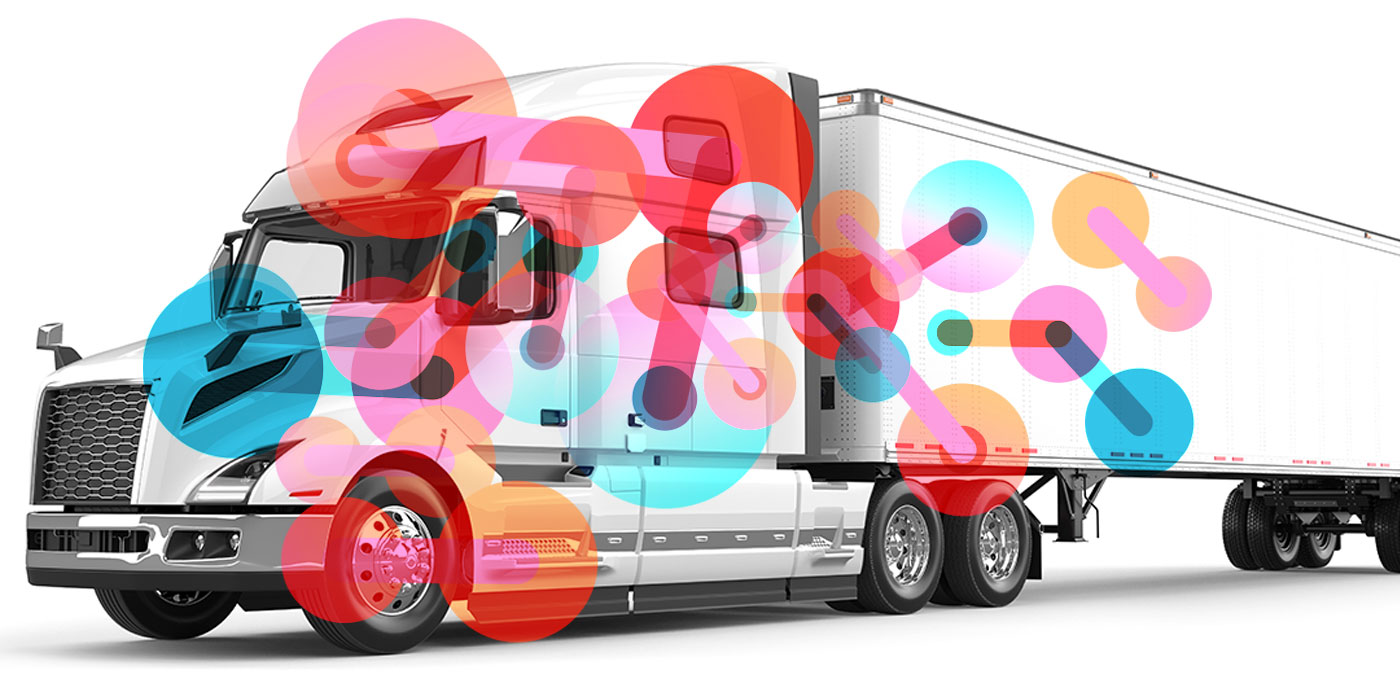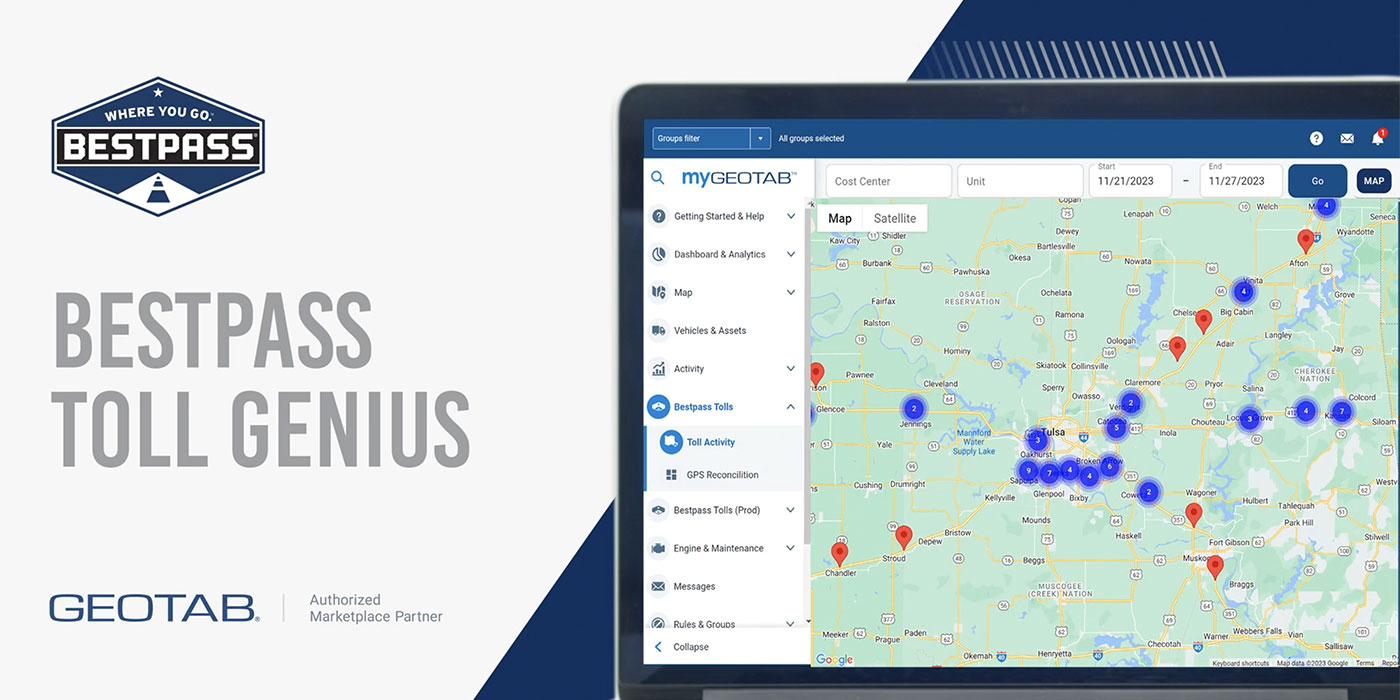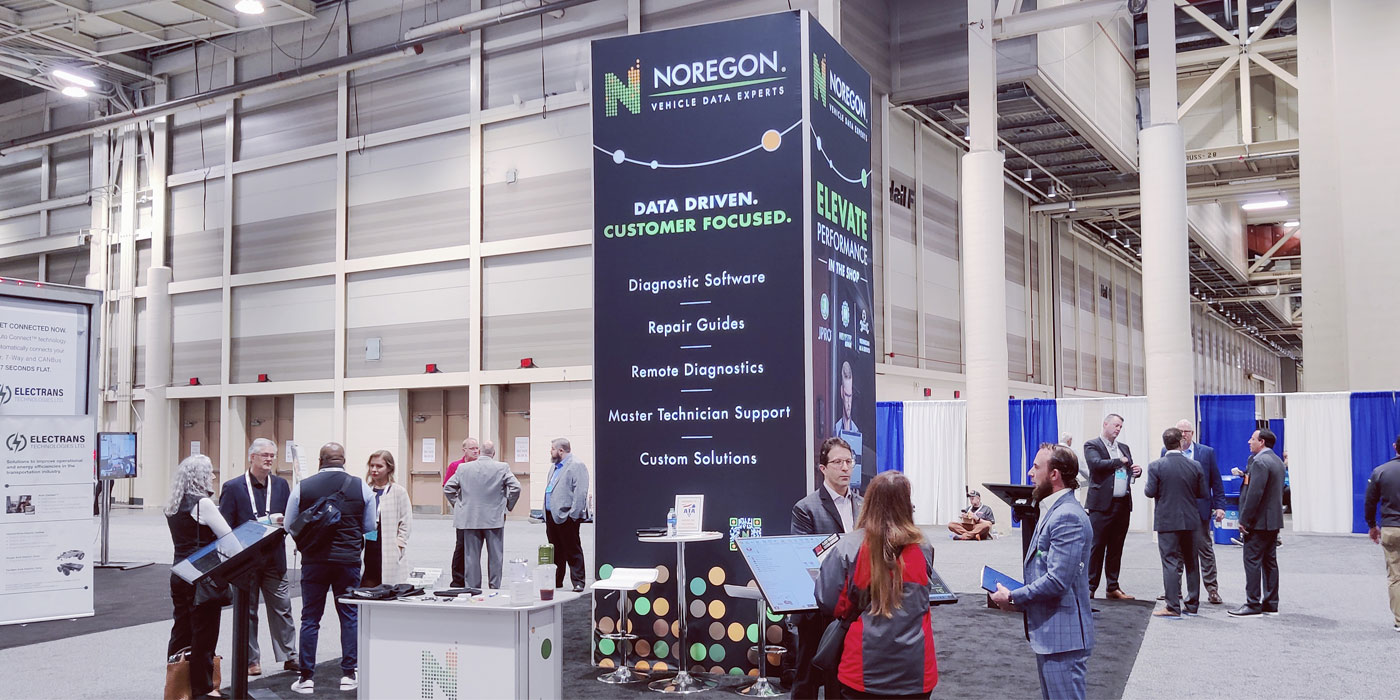There’s an old parable that tells the story of six blind men who came upon an elephant. Having never experienced such an animal, each reached out to feel it and determine for himself what it looked like.
The first touched the trunk. “This creature is like a snake,” he declared. The second, whose hand hit an ear, imagined it to be a fan. Another, touching a leg, said, “It is like a tree trunk!” The blind man who touched the side said it was a wall. One, touching a hard, sharp tusk thought it must look like a spear. The sixth, who grabbed the tail, said it was rope.
Today’s truck service chain is just as disconnected, says Mark Wasilko, vice president of marketing with Decisiv, a provider of a service relationship management (SRM) software platform that is designed to make the communication between on-highway assets, fleet maintenance managers and OEM suppliers more seamless and effective.
Truck data originates from sensors that have been on trucks for decades. Sensors on older trucks have been tasked with reporting on data that they were originally designed for, and the number of sensors in today’s new generation of trucks has exploded, allowing for a richer data set to stream off your trucks as they roll down the road. And there’s no sensor development slowdown in sight as everyone from OEMs to suppliers to technology providers are launching new telematics and remote diagnostic systems at a rapid pace.
The barrier to data communication is often that information can’t be aggregated across platforms. Wasilko says that new software technology means that the SRM unifies all the service events for any asset type, from any manufacturer, no matter where the service is being performed.
“The service process can be inefficient and frustrating because you don’t have access to the right information being delivered to the right people at the right time,” Wasilko says. “When a truck is down for any reason, there’s no immediate understanding of what needs to be fixed. It’s difficult for the service provider to get the information that’s needed to affect a highly efficient repair. At times, there’s poor communication between the service provider and the fleet. This leads to increased cost and unnecessary downtime.”
Real time analysis of service issues is growing more and more comprehensive thanks to telematics and remote diagnostics; not to mention that service providers, technology developers and OEMs alike are dumping huge amounts of resources, monetarily and beyond, into developing their data network infrastructure. Decisiv has been on the forefront of that technology as a platform that allows all that information to be shared between the three principal parties: the operator, the service provider, and the equipment manufacturer.
Wasilko explains: “The manufacturer can see the reports on which assets are being repaired, and where, when and what the return-to-service measures were. The service center has access to all of the information: parts; specifications; diagrams; recall; services and warranty. A fault code that requires service intervention will be communicated to the fleet manager.
“Information sharing makes everyone highly informed and highly efficient, and the fleet is the beneficiary.”
A connected system also has the ability to speed up service process thanks to remote diagnostic reports providing repair guidance and parts required, which can help service providers schedule the job accordingly. Electronic signatures enable remote approval for service write-ups and estimates.
“For a wrench-turner, industry estimates show that the actual repair represents about 20% of his time. The other 80% of the repair time is looking up information, processing paper and filling out inspection forms,” Wasilko says. “We’re changing that whole paradigm: The guy who has to do the work is now in the bay, and he knows exactly what the condition code was and what the fix is. He also knows whether it was under warranty and whether or not there was a special recall bulletin. Now, he can get to work.”
Studies conducted by Decisiv have shown that service centers utilizing an SRM platform versus service centers that didn’t implement an SRM reduced dwell time from 4.5 to 3.3 days per repair order; lag time dropped from 5.67 to 3.56 days. The total cycle time—which was at a staggering 10.25 for a non-SRM driven service center plummeted to 6.89.
“And service centers were making $84 more per repair order just because technicians were more efficient,” Wasilko adds. “The reductions are typically in the 20% to 30% range. This equates to dramatic improvement in asset uptime. Consider that the industry tends to calculate the revenue generated per truck per day at $1,000—frankly, I think $1,000 is conservative.”
And that’s just one truck. Think about your entire fleet. Not only could you leverage it to reduce downtime across all of your assets, but it could also help inform your vehicle scheduling, routing—in fact, your entire asset management plan. To help ensure that your loads get to where they’re going and arriving when your customers need them.
Decisiv’s biggest challenge, and greatest opportunity, has been integrating different data systems and providing access to other third-party providers. Recognizing that fleets might already have a bevy of software solutions—from remote diagnostics to estimating software—Decisiv aims to bring all those solutions to one place. Wasilko related it to a power strip: The Decisiv platform is the strip that has multiple outlets to plug data sources into. Connected data that is sharable across all service lines gives sight to those who typically could not see. It may still be an elephant-sized problem, but at least you’ll be able to plan for it.

